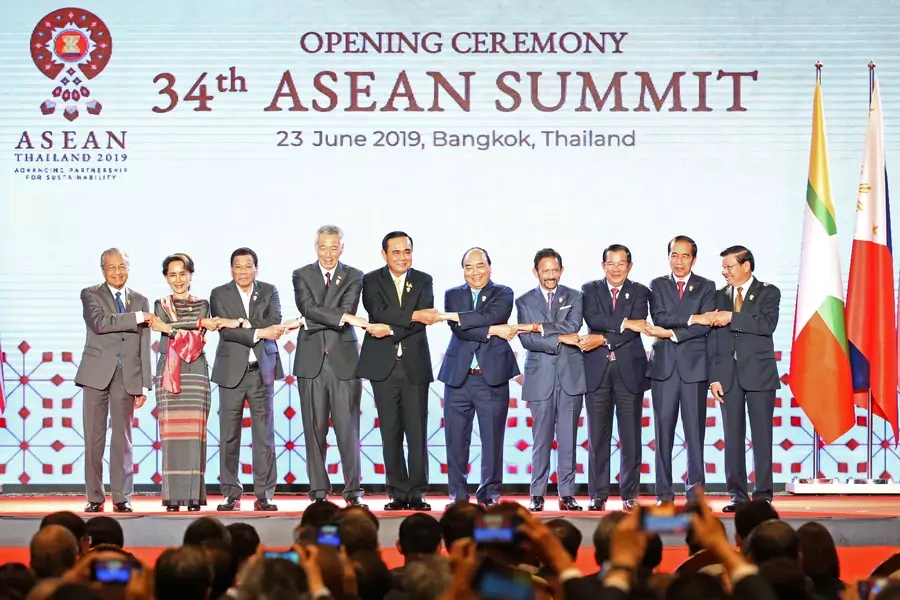Making Sense of the ASEAN Summit

More on:
Last weekend’s Association of Southeast Asian Nations (ASEAN) Summit, held in Bangkok, yielded several notable accomplishments. But several of the announced breakthroughs actually contain less than meets the eye.
1. Regional Comprehensive Economic Partnership. At the ASEAN summit, leaders from the ten Southeast Asian nations vowed to rapidly push forward the Regional Comprehensive Economic Partnership (RCEP), which also includes non-ASEAN states including Australia, China, India, Japan, South Korea, and others. Thai Prime Minister Prayuth Chan-ocha said, over the weekend, that he expects RCEP to be completed by the end of the year, echoing a promise made by RCEP participants last year. This is probably an overambitious goal—there is still considerable negotiating to be done, especially with Australia and India; Singapore Prime Minister Lee Hsien Loong was probably closer the mark when he stated that Southeast Asian states hope to conclude much of the substantial negotiations on RCEP by the end of 2019. Nonetheless, real progress toward finalizing RCEP would be another huge step forward for regional multilateral trade integration—and a further sign that such integration will continue even though the United States has largely abdicated trade leadership in Asia.
2. The Indo-Pacific Outlook. ASEAN states came together and jointly announced their vision for the Indo-Pacific region, after some doubts voiced from Singapore and other members as the vision took shape in the months prior to the summit. The Outlook is a five-page document, with a lot of holes; it lacks significant details about many issues. As Prashanth Parameswaran notes for the Diplomat, the Outlook covers several areas: “the integration of the Asia-Pacific and Indian Ocean regions; the promotion of dialogue and cooperation instead of rivalry; the advancement of development and prosperity of all; and the importance of the maritime domain in the regional architecture.” The release of ASEAN’s Indo-Pacific Outlook at least allows ASEAN to have some vision, at a time when other actors including the United States, Australia, France, and Japan all have released regional visions. And the outlook will attempt to place ASEAN at the center of regional integration and regional security—a view core to ASEAN’s beliefs. But given that it is a thin document, and offers only a minimal insight as to specifics of how ASEAN would organize the region—and that ASEAN states still appear divided about how to put meat on the Outlook—it is hard to imagine it as a document that will help restore ASEAN’s unity and will have as much impact as documents issued on the Indo-Pacific by major powers. The thin document does not really offer much rationale for ASEAN centrality in Asia, and it says little of note about major powers in the region—the United States and China—or about central issues like the South China Sea.
3. The Rohingya. Before the summit, ministers from ASEAN states like Malaysia, and many rights organizations, applied pressure on the Myanmar government to offer the Rohingya Myanmar citizenship after violence in western Myanmar’s Rakhine state, which has been labeled genocide and crimes against humanity by the United Nations and human rights groups. Some ministers also called for real justice for the perpetrators of these crimes. Perhaps predictably, the Myanmar government refused—and ASEAN, wedded to consensus, did not make any public demands on Naypyidaw. The ASEAN way, of playing down tough issues and often abdicating on rights, has triumphed again—to the detriment, of course, of the Rohingya.
More on:
 Online Store
Online Store